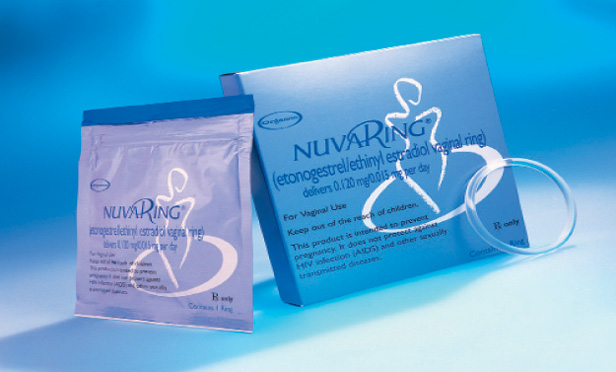A plaintiffs' lawyer's perspective: move cases to trial. Resolve cases claim by claim. But how? "... the solution for the transvaginal mesh conundrum is to hold consolidated trials, and that’s what’s finally going to move the litigation closer to a resolution." - gwc
h/t
Torts Prof Blog
Why The Transvaginal Mesh Litigation Won't Become A "Black Hole" Like Asbestos | Litigation & Trial Lawyer Blog:
by Max Kennerly - Beasley Law Firm
"The transvaginal mesh litigation has for some time been the largest medical mass tort ever, at least as measured by filings in the federal multi-district litigation (MDL), which is currently being handled in the Southern District of West Virginia. There are over 42,000 cases in the MDL — more than the combined total of cases ever filed in the Prempro MDL (9,761), the Yasmin and Yaz MDL (11,423), the Vioxx MDL (10,319), and the DePuy ASR Hip Implant MDL (8,900). (See this chart under “Total Actions.”) Add to that the over 6,000 mesh cases pending in New Jersey state court, and numerous cases filed in other state courts, and there are nearly 50,000 transvaginal mesh claims pending in courts across the country against six different manufacturers.
So what are the courts supposed to do with that many cases?"
****
There’s plenty of useful lessons there for current and future MDL courts. I was elated to see Judge Robreno address head-on the disturbingly common view that an MDL judge is somehow personally responsible for resolving the whole litigation through summary judgment or a handful of bellwethers: “As a matter of judicial culture, remanding cases [to local District Courts for trial] is viewed as an acknowledgment that the MDL judge has failed to resolve the case, by adjudication or settlement, during the MDL process.” As Judge Robreno rightly notes, “That view, together with the business model of aggregation and consolidation of cases for settlement, interfered with the litigation of individual cases in the MDL court,” and thus he concludes: “The objectives of the MDL process are best served by a commitment of the MDL courts to address pretrial issues, but promptly remand cases to the transferor court once the goal of addressing pretrial issues has been achieved.”
Hallelujah! If judges want to resolve mass torts cases, they need to keep an eye on discovery disputes, finish discovery, then move them all along to trial. But the devil is in the details — how do we get 50,000 transvaginal mesh cases to trial? And do we really want to hold 50,000 separate transvaginal mesh trials — e.g., do we really need to hold, in each case, two weeks of the same general liability testimony before we get to the specifics for each plaintiff?
'via Blog this'




 by Charlayne Hunter-Gault
by Charlayne Hunter-Gault